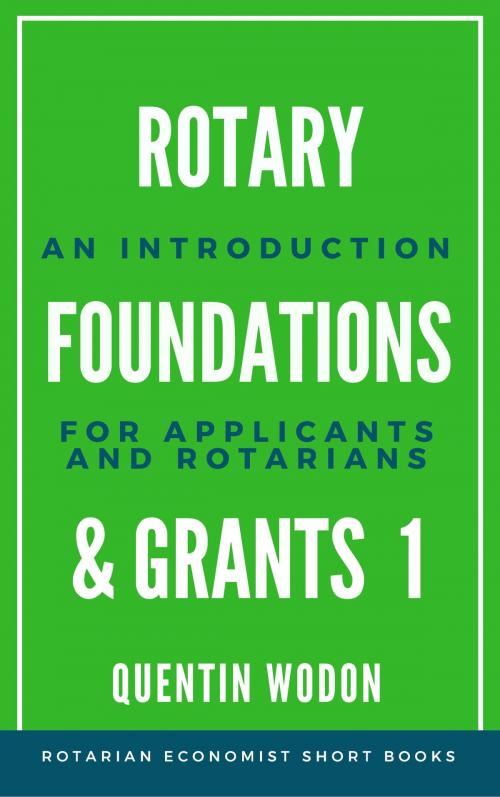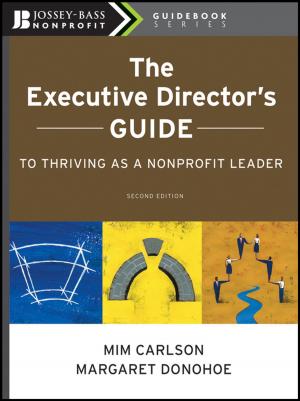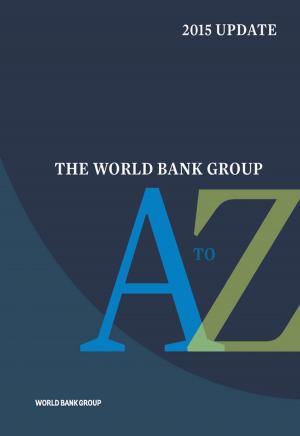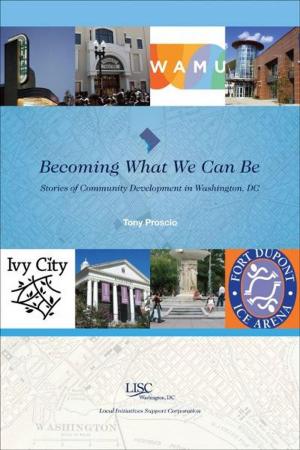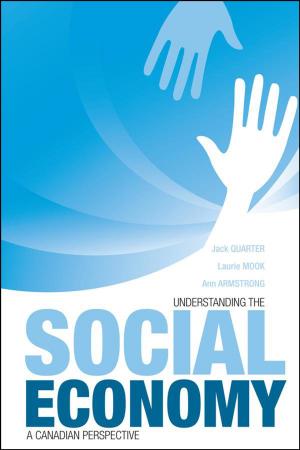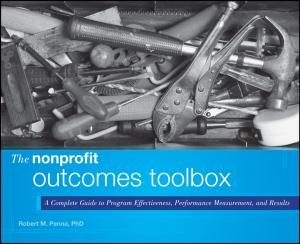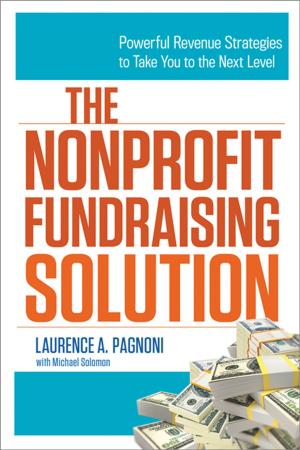Rotary Foundations and Grants 1: An Introduction for Applicants and Rotarians
Nonfiction, Social & Cultural Studies, Social Science, Volunteer Work, Business & Finance, Industries & Professions, Nonprofit Organizations & Charities| Author: | Quentin Wodon | ISBN: | 9781946819031 |
| Publisher: | Quentin Wodon | Publication: | February 22, 2017 |
| Imprint: | Smashwords Edition | Language: | English |
| Author: | Quentin Wodon |
| ISBN: | 9781946819031 |
| Publisher: | Quentin Wodon |
| Publication: | February 22, 2017 |
| Imprint: | Smashwords Edition |
| Language: | English |
Rotary International is a nonprofit service organization with 1.2 million members worldwide in more than 35,000 clubs. The organization was founded by Paul Harris in Chicago in 1905. While clubs exist today in most countries of the world, the United States has the largest number of Rotarians and clubs, and also the largest number of local Rotary foundations managed by clubs, districts, or other entities. This is also where the Rotary Foundation of Rotary International has its headquarters, in Evanston, Illinois.
While the work of the Rotary Foundation of Rotary International is relatively well known, the work of close to 4,000 local Rotary foundations at the level of clubs and districts in the United States is less well known, even at times in their own local communities. But this work is no less important. Rotary clubs and districts are major providers of grants to nonprofits, in large part through their foundations. Clubs and districts also have a long tradition of supporting students for university studies, again through their foundations for the most part.
Together, it can be argued that local Rotary foundations in the United States have an assets base close to that of the Rotary Foundation of Rotary International. According to the latest information available from the Internal Revenue Service, the assets of the Rotary Foundation of Rotary International are just above one billion dollar. Local Rotary foundations filing forms 990 with the Internal Revenue Service have close to $775 million in assets. This does not include assets owned by 1,854 local Rotary foundations that do not file a form 990 because they have gross annual income/receipts of less than $50,000.
Charitable donations by local Rotary foundations in the United States may well exceed those of the Rotary Foundation of Rotary International globally, given that for club foundations without large endowments, most annual receipts from donations and fundraisers tend to be distributed the same year. In terms of donations by Rotary entities to nonprofits and students based in the United States, it is clear that local Rotary foundations are the main source of funding, simply because most clubs and districts focus their giving on local communities, while the Rotary Foundation of Rotary International focuses for the most part on projects implemented in developing countries. In that sense, the contributions of the Rotary Foundation of Rotary International and of local Rotary foundations in the United States nicely complement each other.
Navigating the world of Rotary foundations is not an easy task for grant applicants, whether they are nonprofits, students, or even Rotarians wishing to apply for funding for a service project implemented by their club. This book is the first in a set of two on Rotary foundations and grants. The main objective of the set is to make it easier for grant applicants to think about how and where to apply for grants. In addition, a second objective is to start to better document the charitable contributions that Rotarians provide to communities through Rotary foundations based in the United States.
In order to achieve these objectives, this first book provides a basic introduction to the world of Rotary foundations in the United States, considering first the Rotary Foundation of Rotary International, and next local Rotary foundations. The second book in the set provides a comprehensive directory or listing of Rotary foundations located in the United States by state and by city within each state. The aim is to make it easier for potential applicants to identify foundations located in their geographic area, so that they can consider whether it makes sense for them to apply for a grant or scholarship to those foundations.
Rotary International is a nonprofit service organization with 1.2 million members worldwide in more than 35,000 clubs. The organization was founded by Paul Harris in Chicago in 1905. While clubs exist today in most countries of the world, the United States has the largest number of Rotarians and clubs, and also the largest number of local Rotary foundations managed by clubs, districts, or other entities. This is also where the Rotary Foundation of Rotary International has its headquarters, in Evanston, Illinois.
While the work of the Rotary Foundation of Rotary International is relatively well known, the work of close to 4,000 local Rotary foundations at the level of clubs and districts in the United States is less well known, even at times in their own local communities. But this work is no less important. Rotary clubs and districts are major providers of grants to nonprofits, in large part through their foundations. Clubs and districts also have a long tradition of supporting students for university studies, again through their foundations for the most part.
Together, it can be argued that local Rotary foundations in the United States have an assets base close to that of the Rotary Foundation of Rotary International. According to the latest information available from the Internal Revenue Service, the assets of the Rotary Foundation of Rotary International are just above one billion dollar. Local Rotary foundations filing forms 990 with the Internal Revenue Service have close to $775 million in assets. This does not include assets owned by 1,854 local Rotary foundations that do not file a form 990 because they have gross annual income/receipts of less than $50,000.
Charitable donations by local Rotary foundations in the United States may well exceed those of the Rotary Foundation of Rotary International globally, given that for club foundations without large endowments, most annual receipts from donations and fundraisers tend to be distributed the same year. In terms of donations by Rotary entities to nonprofits and students based in the United States, it is clear that local Rotary foundations are the main source of funding, simply because most clubs and districts focus their giving on local communities, while the Rotary Foundation of Rotary International focuses for the most part on projects implemented in developing countries. In that sense, the contributions of the Rotary Foundation of Rotary International and of local Rotary foundations in the United States nicely complement each other.
Navigating the world of Rotary foundations is not an easy task for grant applicants, whether they are nonprofits, students, or even Rotarians wishing to apply for funding for a service project implemented by their club. This book is the first in a set of two on Rotary foundations and grants. The main objective of the set is to make it easier for grant applicants to think about how and where to apply for grants. In addition, a second objective is to start to better document the charitable contributions that Rotarians provide to communities through Rotary foundations based in the United States.
In order to achieve these objectives, this first book provides a basic introduction to the world of Rotary foundations in the United States, considering first the Rotary Foundation of Rotary International, and next local Rotary foundations. The second book in the set provides a comprehensive directory or listing of Rotary foundations located in the United States by state and by city within each state. The aim is to make it easier for potential applicants to identify foundations located in their geographic area, so that they can consider whether it makes sense for them to apply for a grant or scholarship to those foundations.
